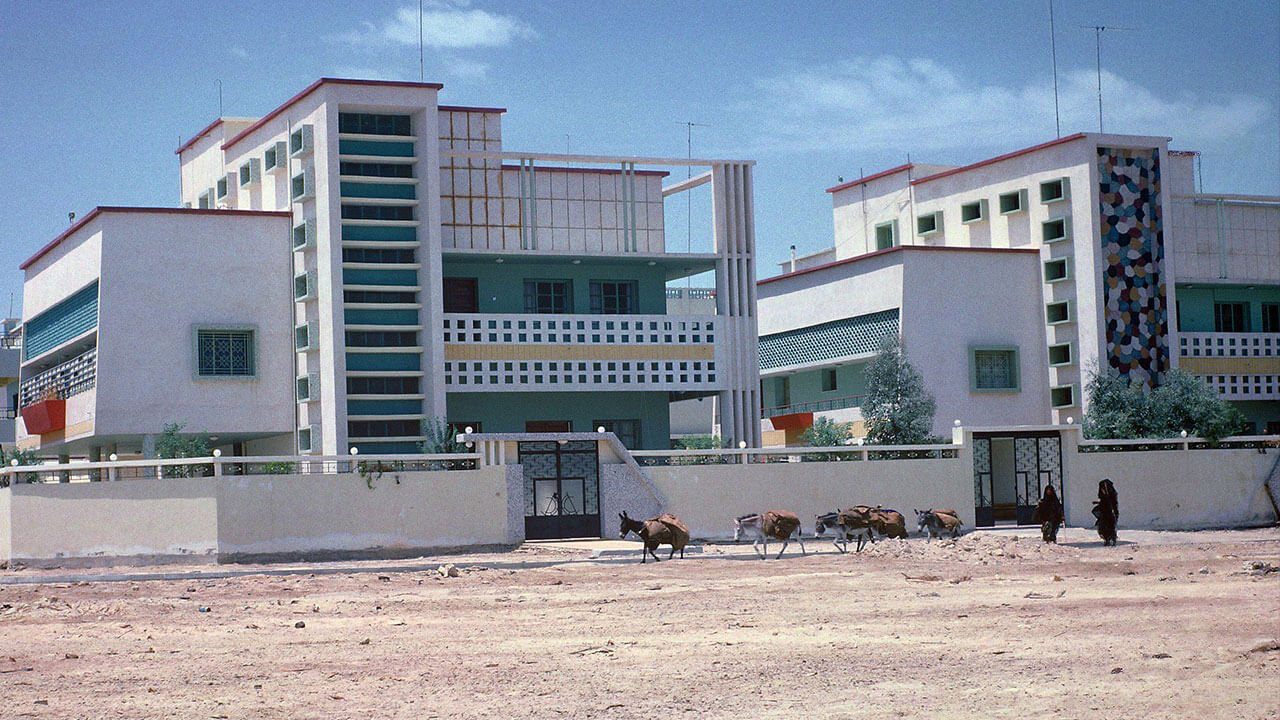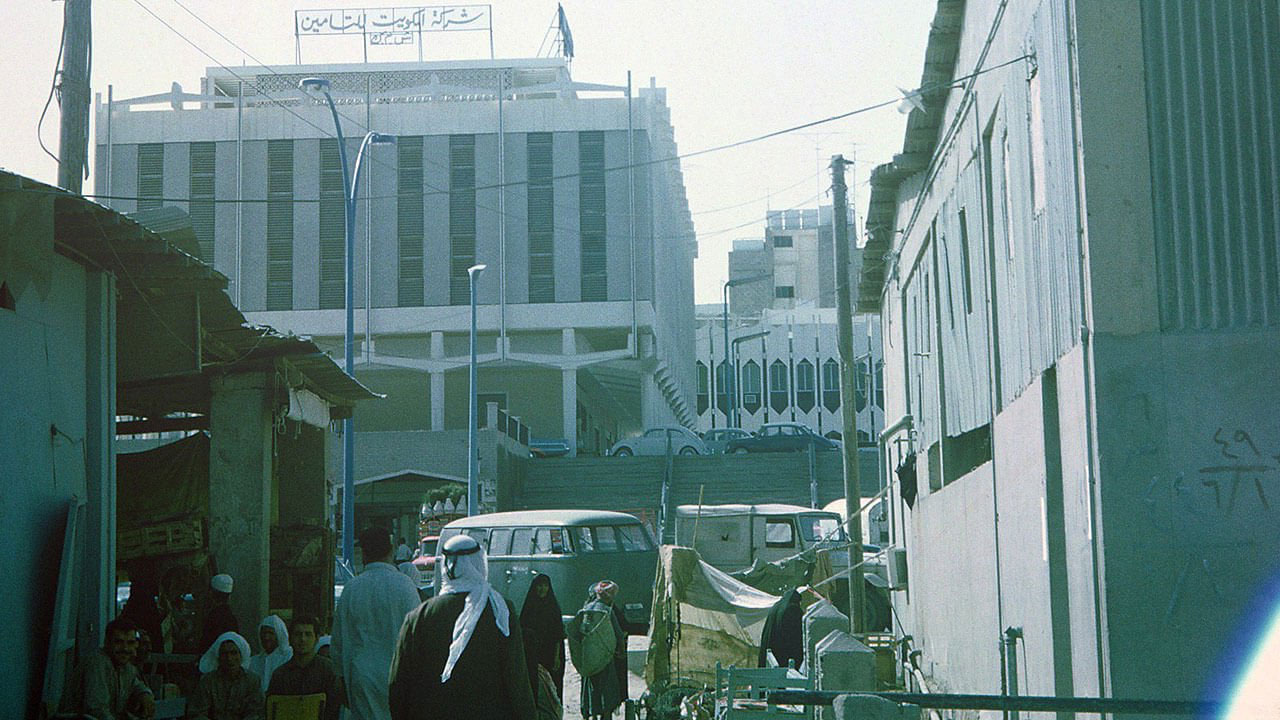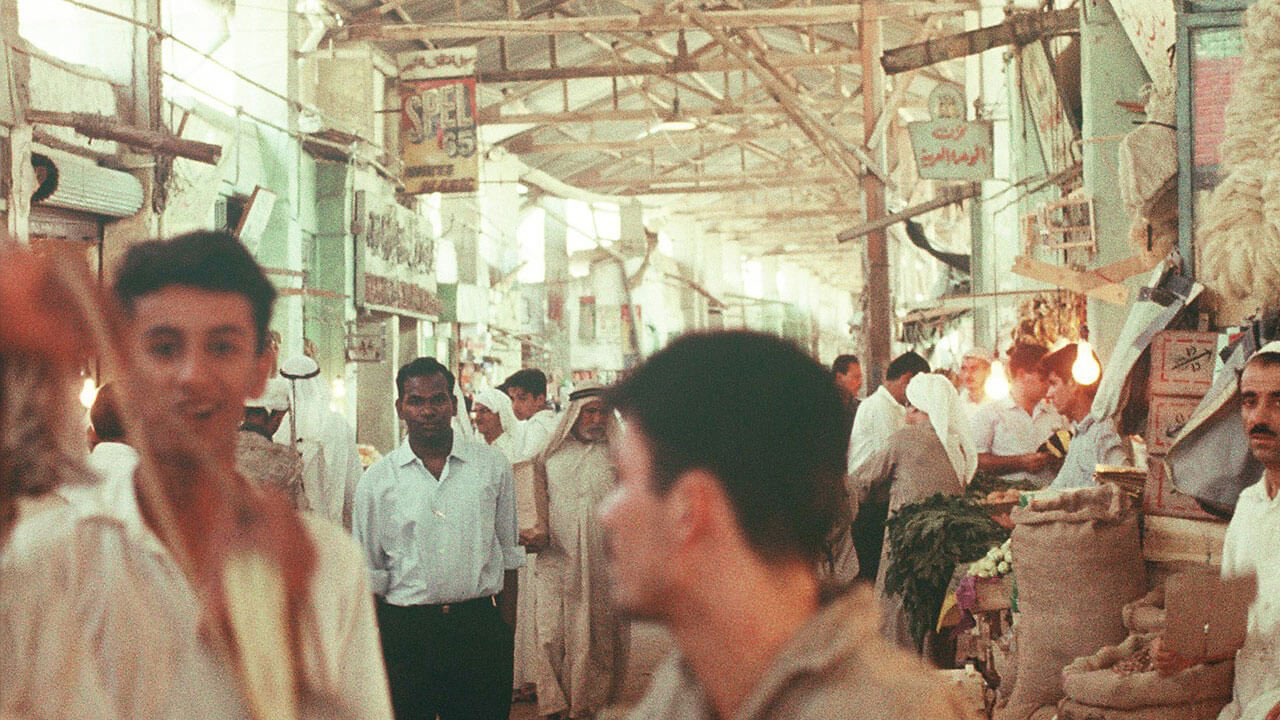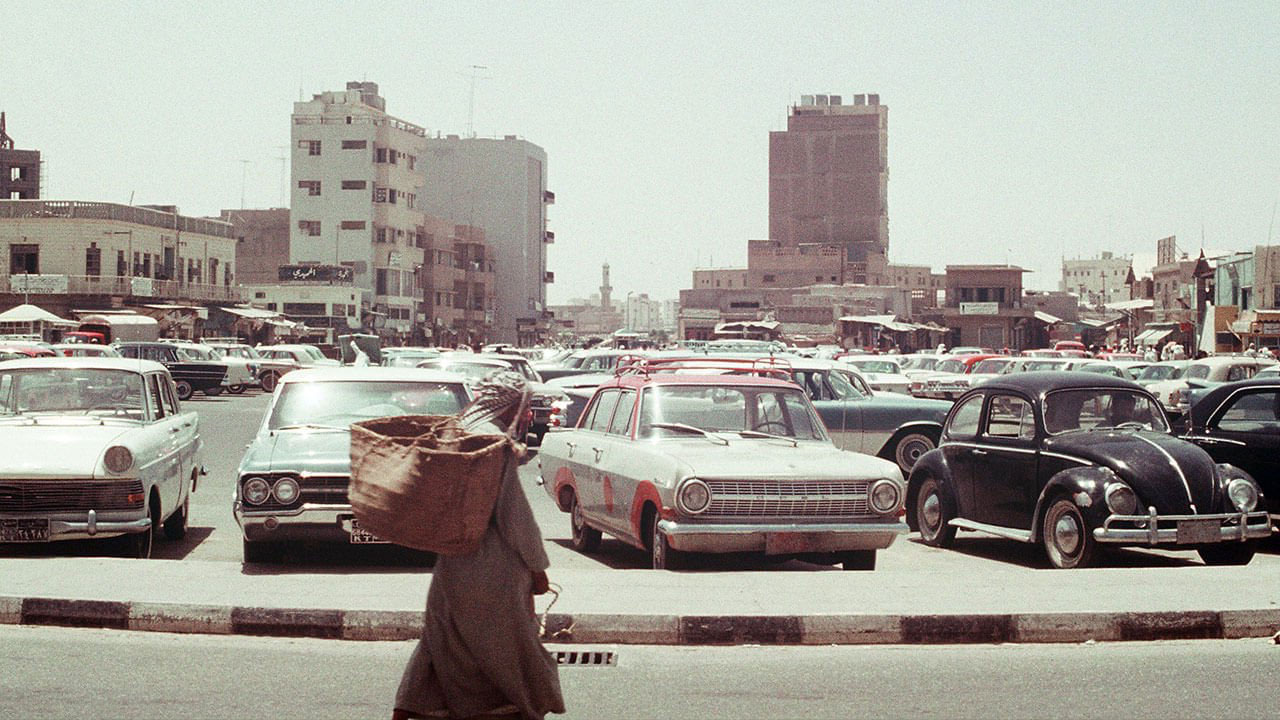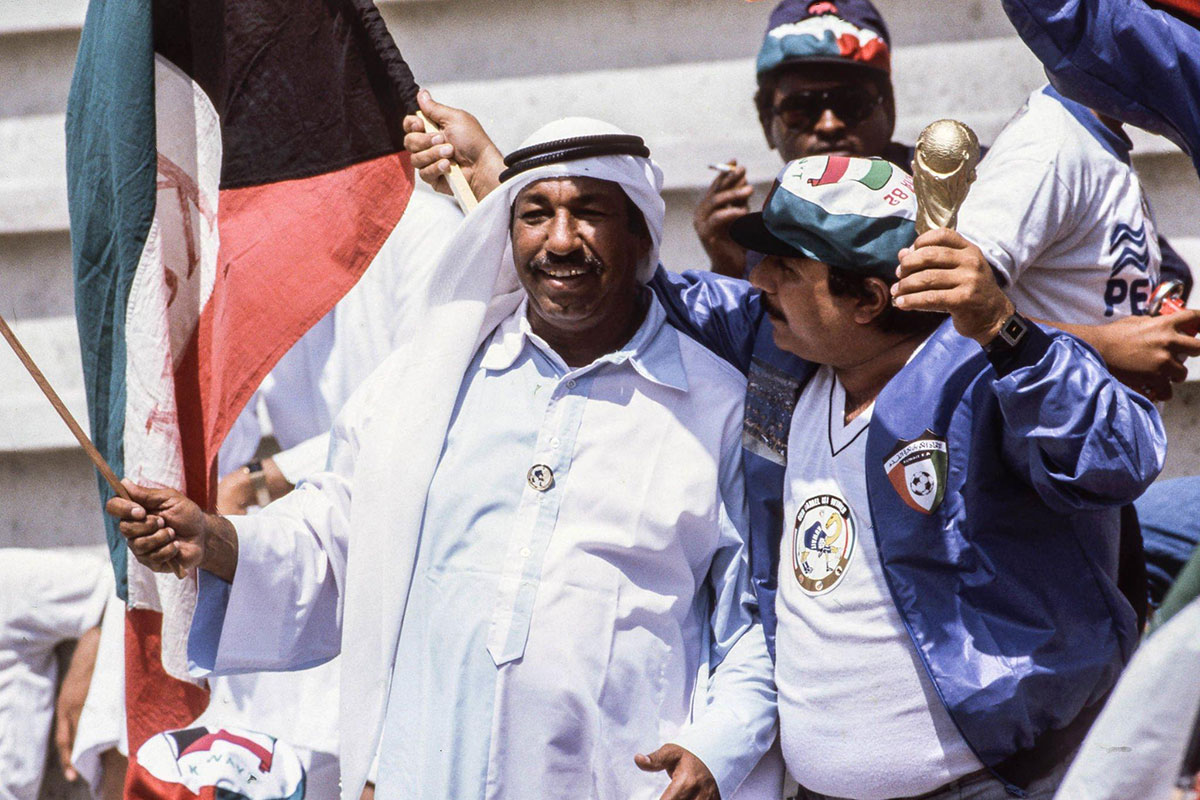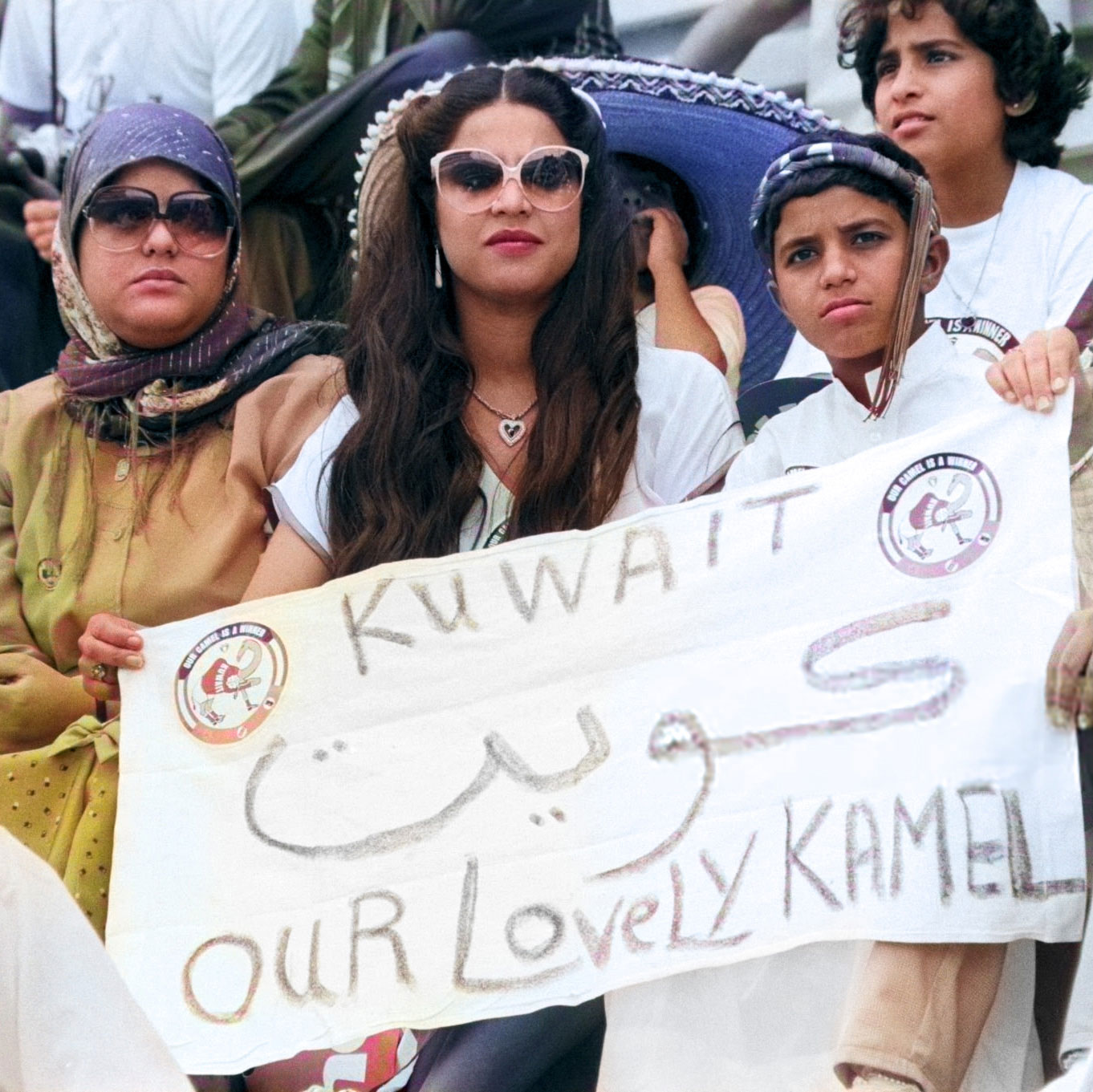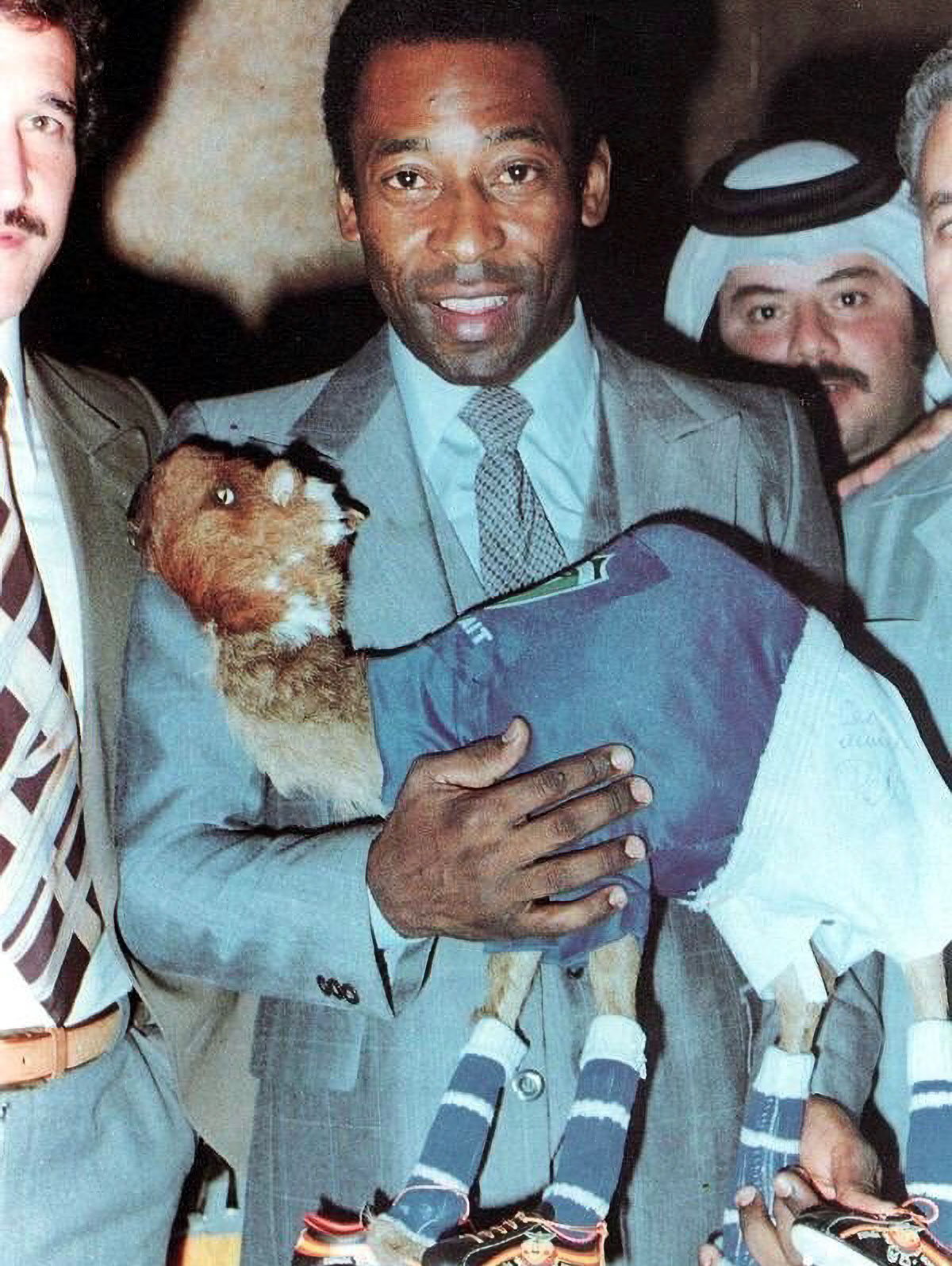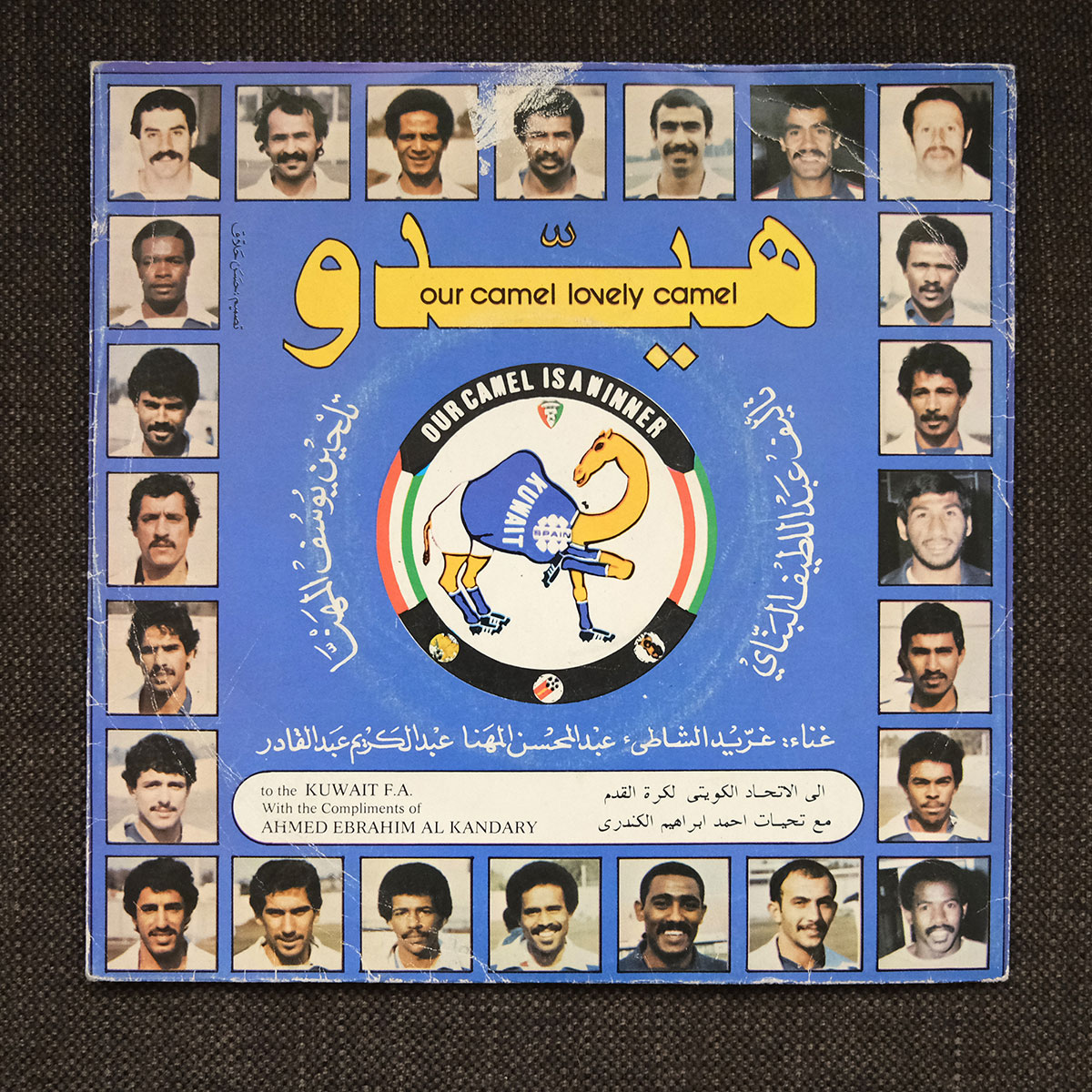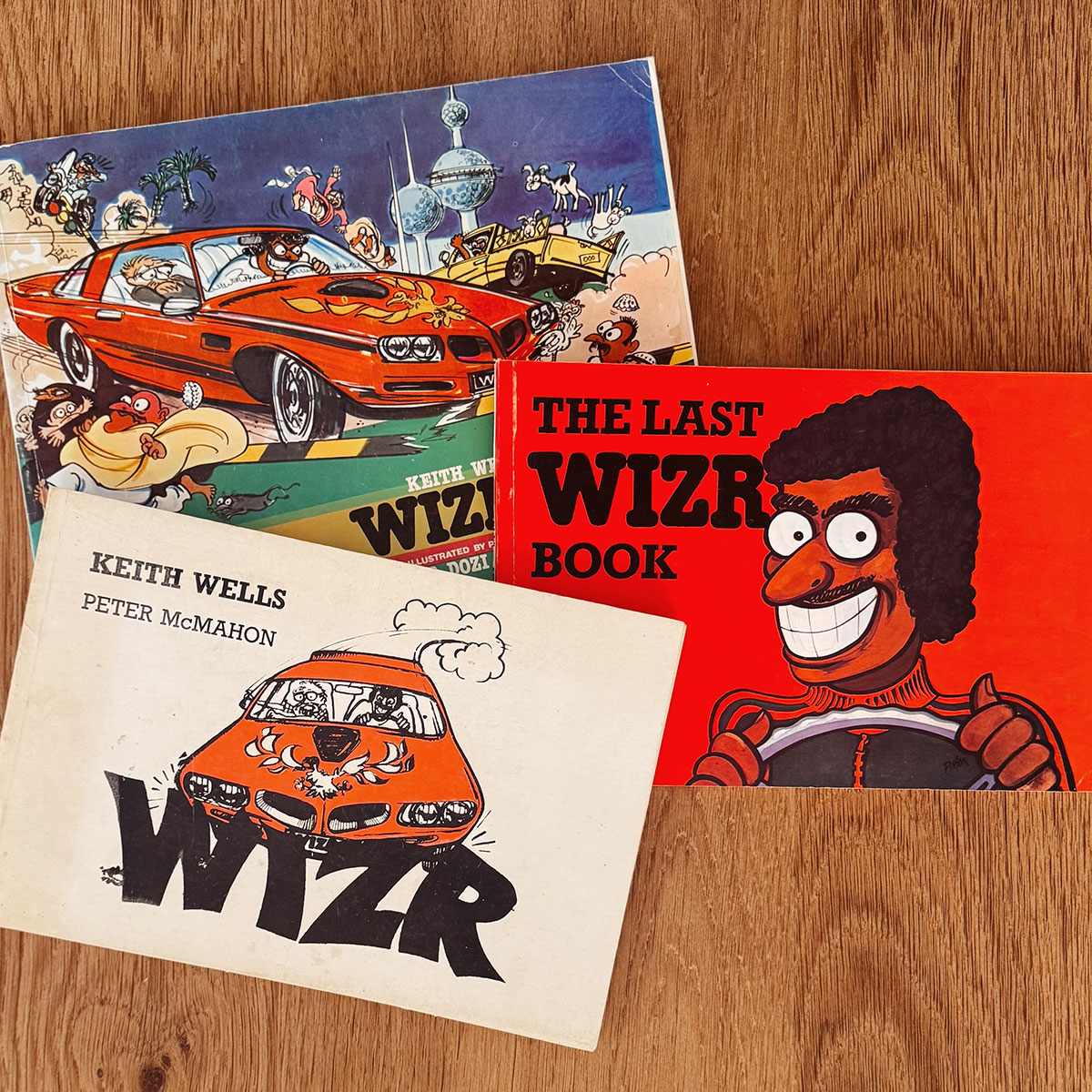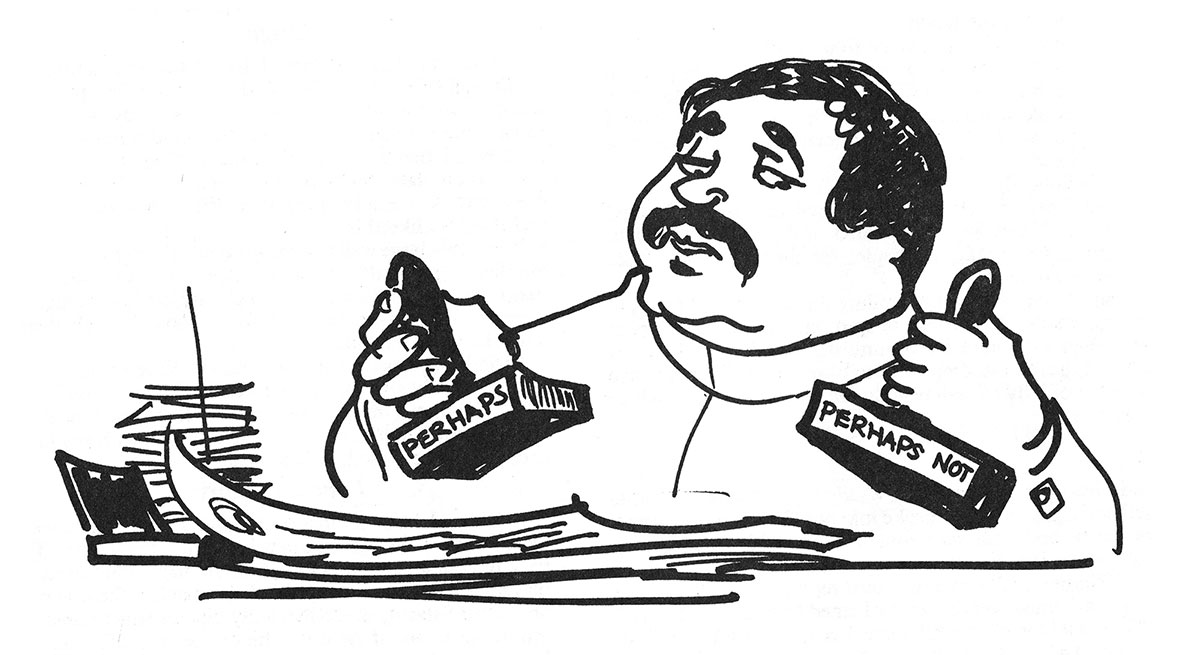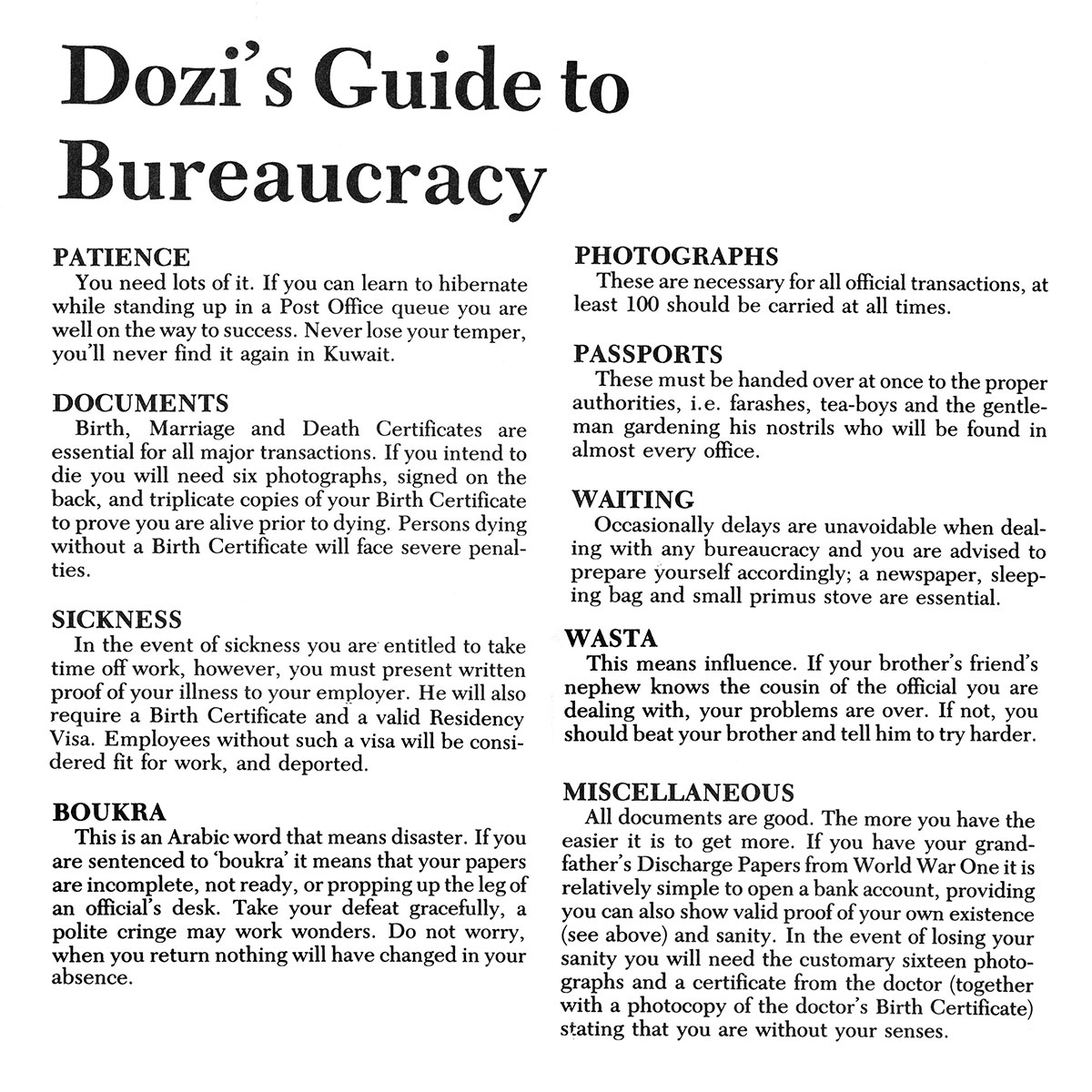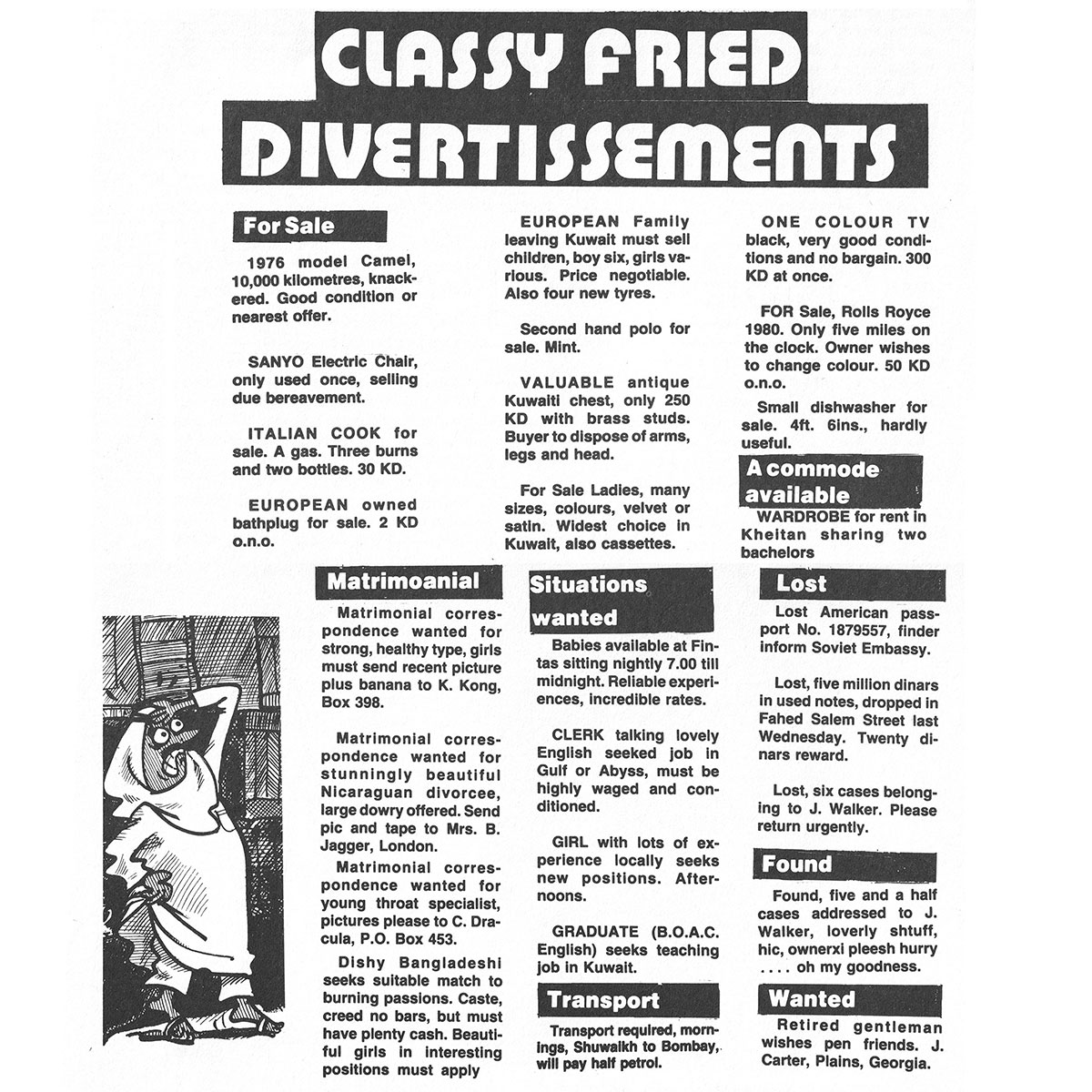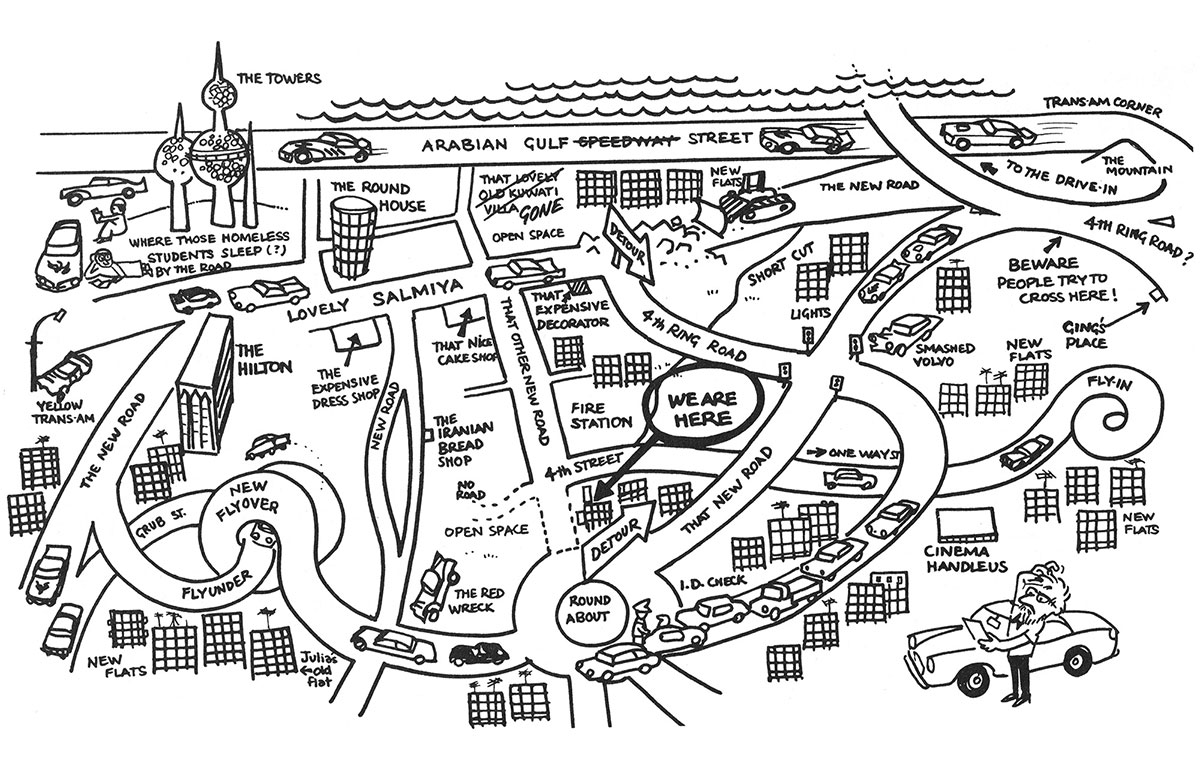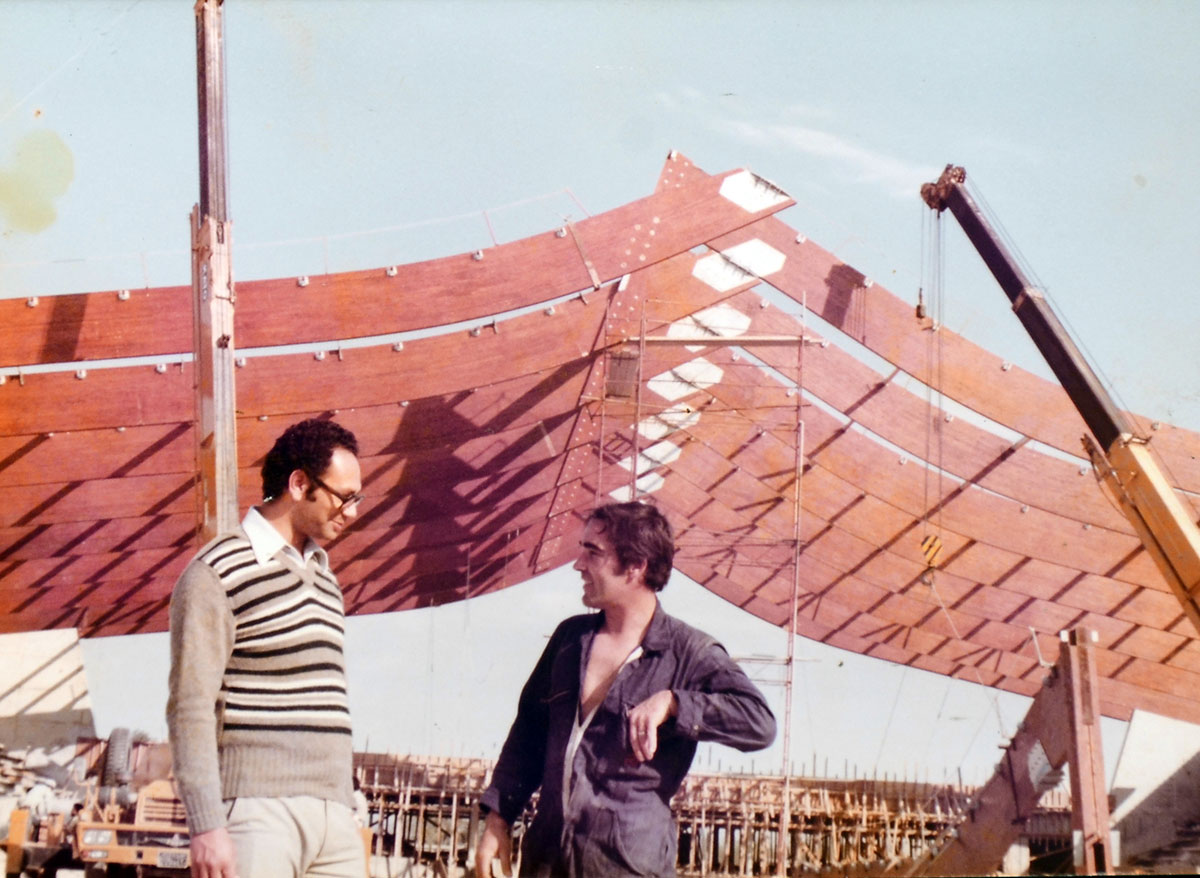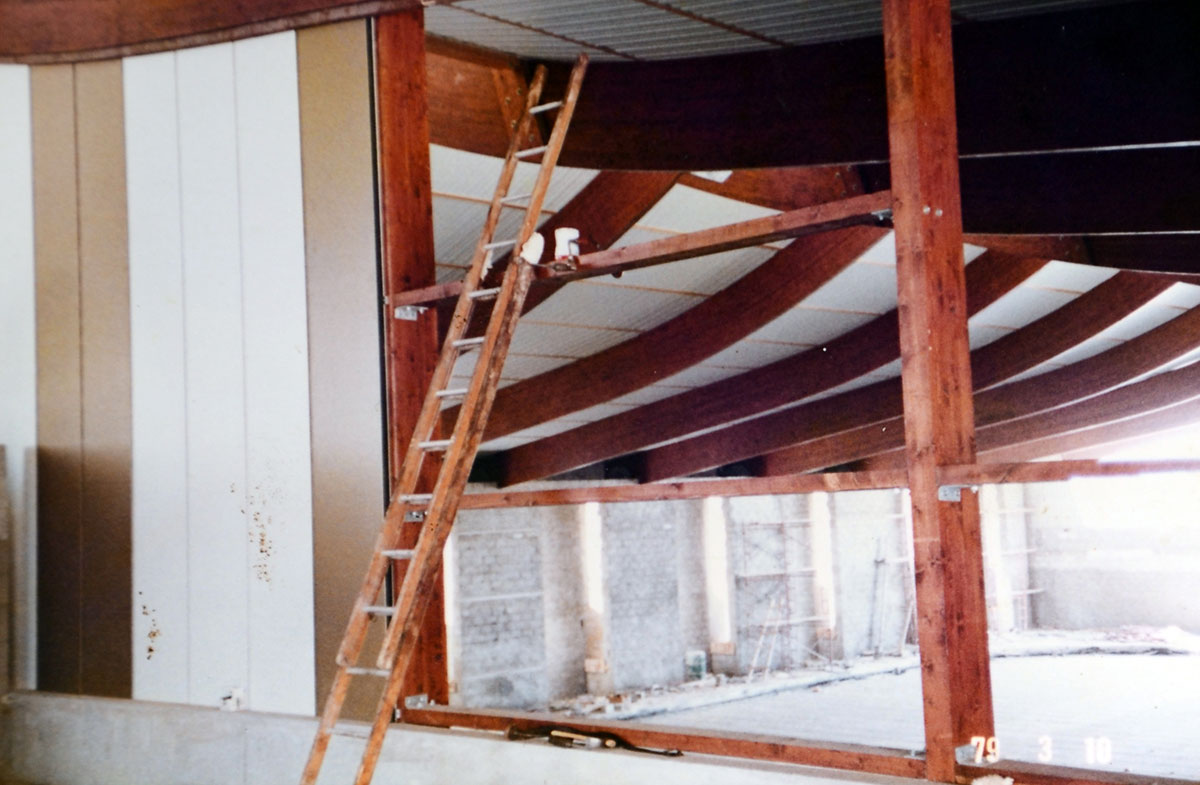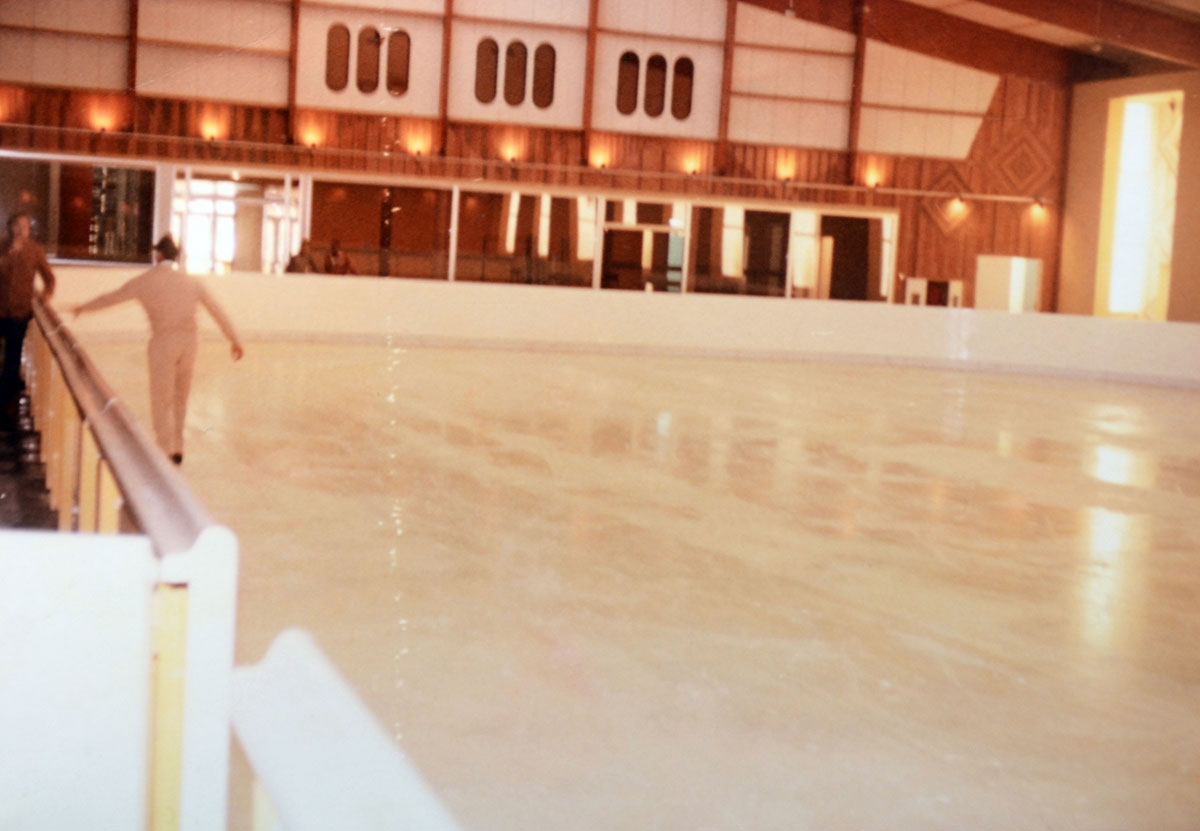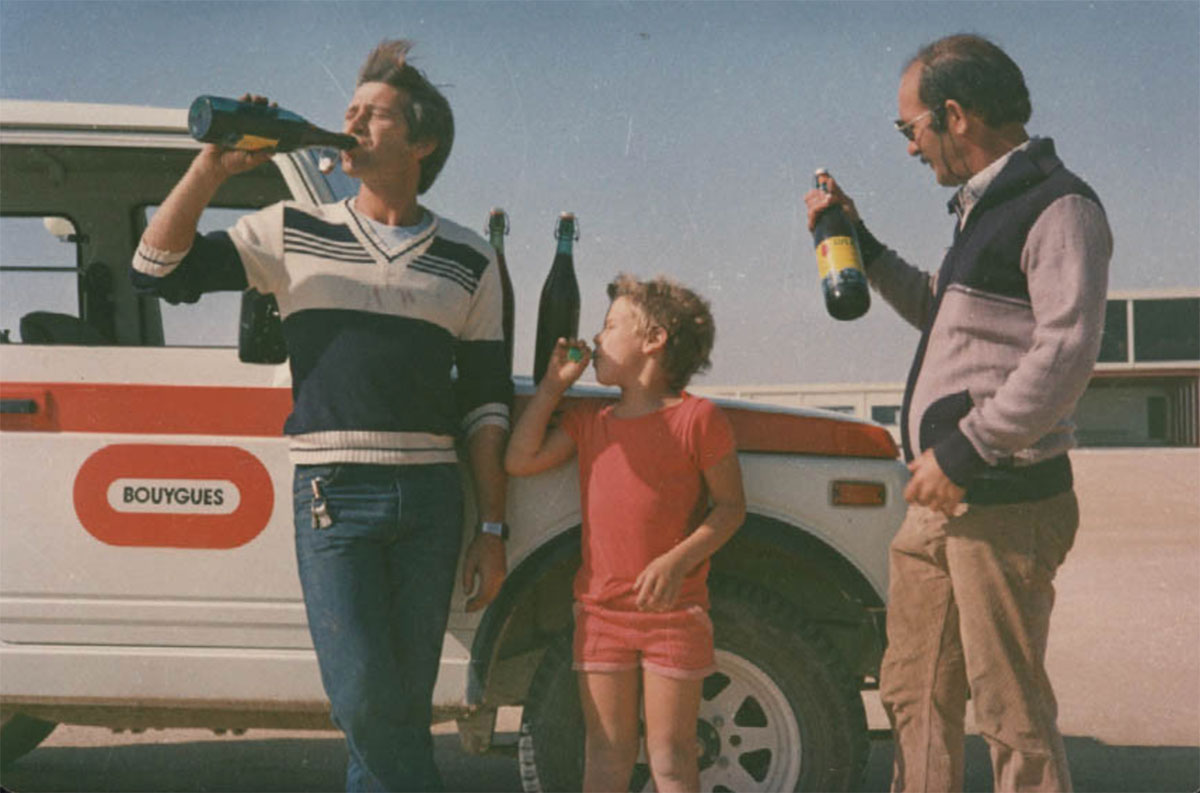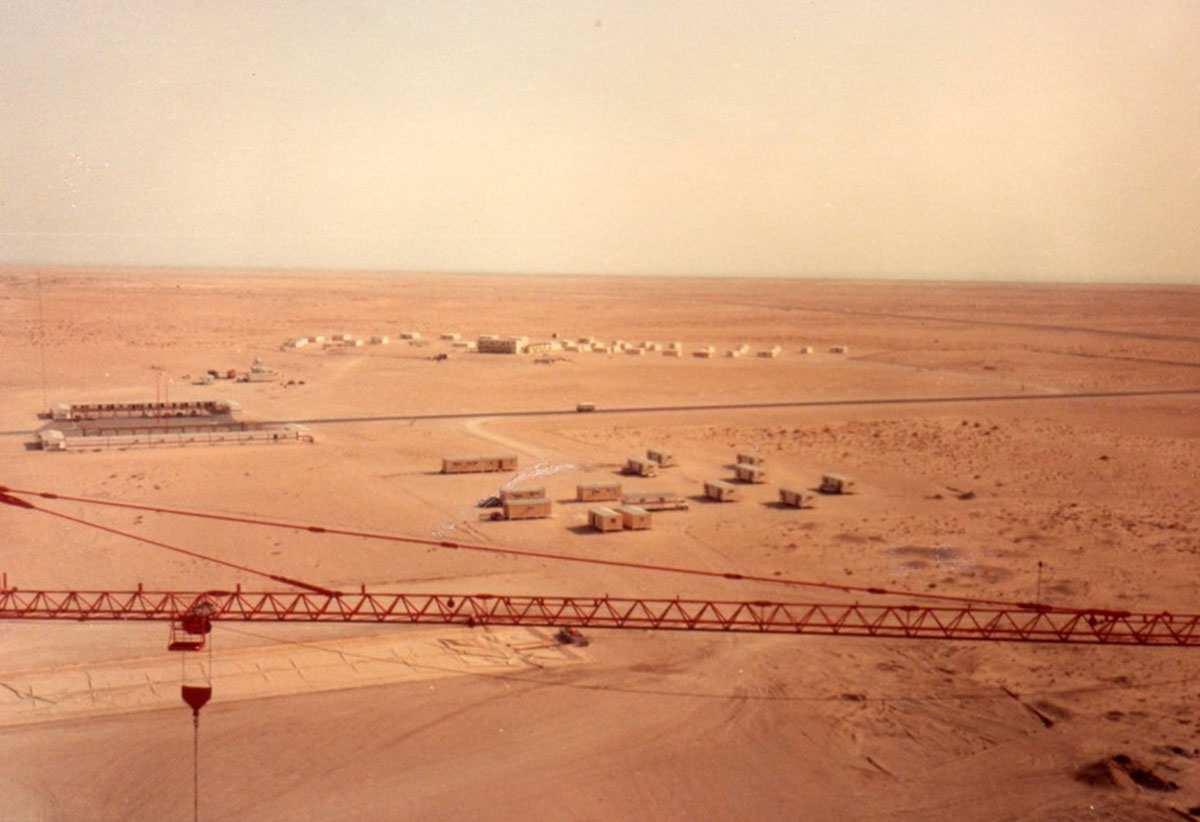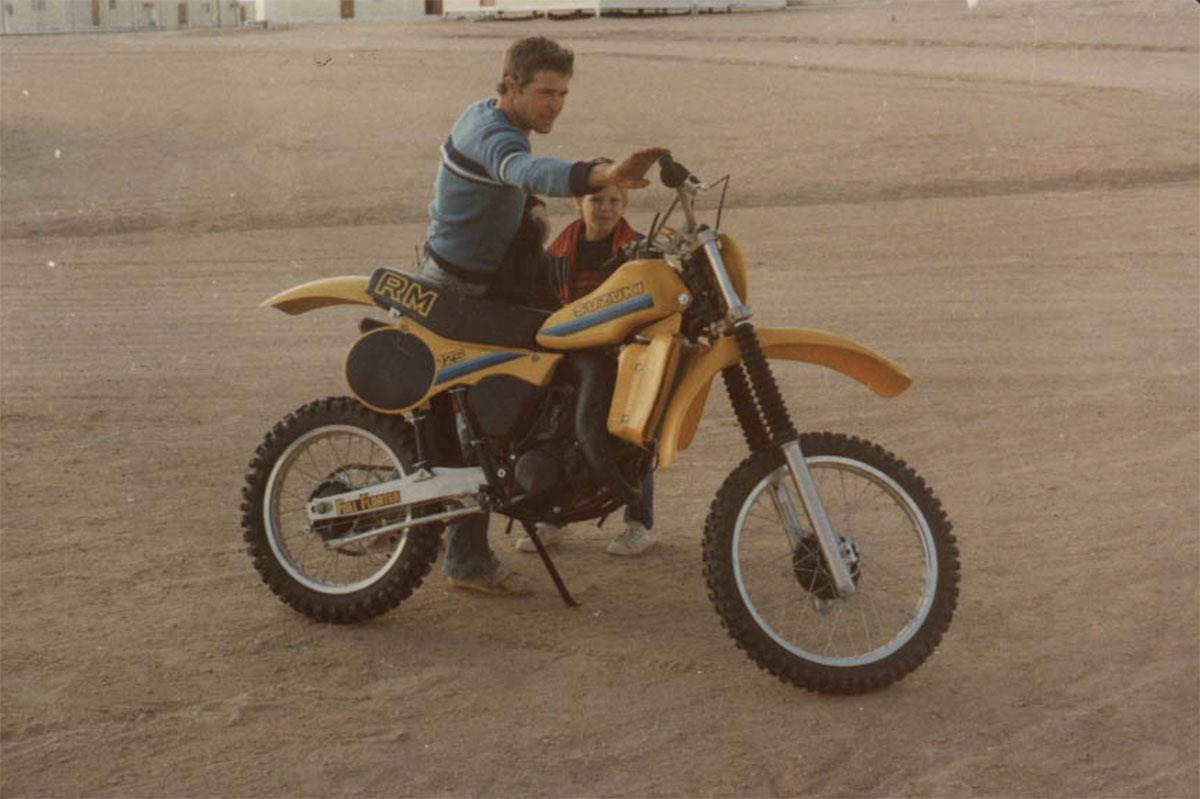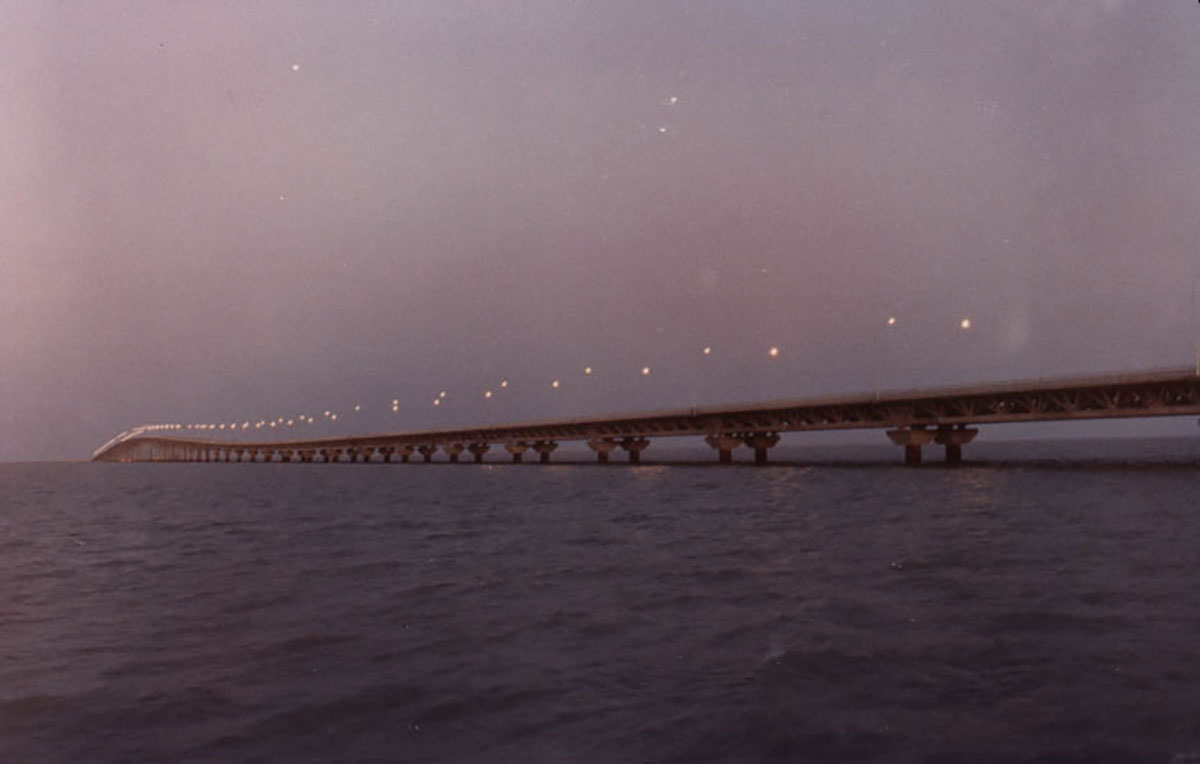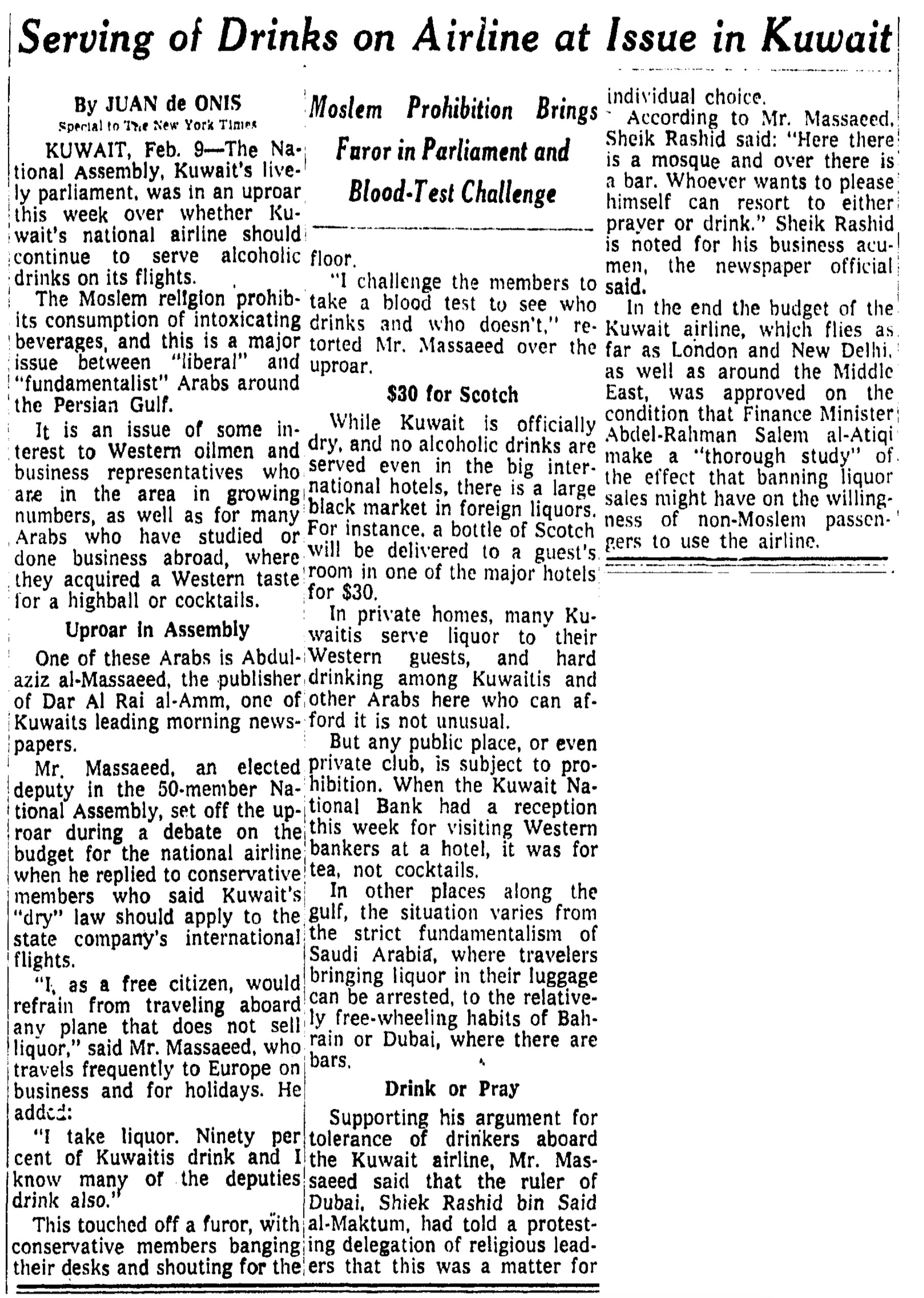
Since we are on the subject of Kuwait Airways, while browsing the New York Times archive I found an article from Feb. 11, 1974 which talks about the Kuwaiti parliament debating if Kuwait Airways should continue to serve alcohol on its flight:
Serving of Drinks on Airline at Issue in Kuwait
KUWAIT, Feb. 9—The National Assembly, Kuwait’s lively parliament, was in an uproar this week over whether Kuwait’s national airline should, continue to serve alcoholic drinks on its flights.
The Moslem religion prohibits consumption of intoxicating beverages, and this is a major issue between “liberal” and “fundamentalist” Arabs around the Persian Gulf.
It is an issue of some terest to Western oilmen and business representatives who are in the area in growing numbers, as well as for many Arabs who have studied or done business abroad, where they acquired a Western taste for a highball or cocktails.
Uproar in Assembly
One of these Arabs is Abdulaziz al‐Massaeed, the publisher of Dar Al Rai al‐Amm, one of Kuwaits leading morning newspapers.
Mr. Massaeed, an elected deputy in the 50‐member National Assembly, set off the uproar during a debate on the budget for the national airline when he replied to conservative members who said Kuwait’s “dry” law should apply to the state company’s international flights.
“I, as a free citizen, would refrain from traveling aboard any plane that does not sell liquor,” said Mr. Massaeed, who travels frequently to Europe on business and for holidays. He added:
“I take liquor. Ninety per cent of Kuwaitis drink and know many of the deputies drink also.”
This touched off a furor, With conservative members banging their desks and shouting for the floor.
Moslem Prohibition Brings Furor in Parliament and Blood‐Test Challenge
“I challenge the members to take a blood test to see who drinks and who doesn’t,” retorted Mr. Massaeed over the uproar.
$30 for Scotch
While Kuwait is officially dry, and no alcoholic drinks are served even in the big international hotels, there is a large black market in foreign liquors. For instance, a bottle of Scotch will be delivered to a guest’s room in one of the major hotels for $30.
In private homes, many Kuwaitis serve liquor to their Western guests, and hard drinking among Kuwaitis and other Arabs here who can afford it is not unusual.
But any public place, or even Private club, is subject to prohibition. When the Kuwait National Bank had a reception this week for visiting Western bankers at a hotel, it was for tea, not cocktails.
In other places along the gulf, the situation varies from the strict fundamentalism of Saudi Arabia, where travelers bringing liquor in their luggage can be arrested, to the relativey free‐wheeling habits of Bahrain or Dubai, where there are bars.
Drink or Pray
Supporting his argument for tolerance of drinkers aboard the Kuwait airline, Mr. Massaeed said that the ruler of Dubai, Shiek Rashid bin Said al‐Maktum, had told a protesting delegation of religious leaders that this was a matter for individual choice.
According to Mr. Massaeed, Sheik Rashid said: “Here there is a mosque and over there is a bar. Whoever wants to please himself can resort to either prayer or drink.” Sheik Rashid is noted for his business acumen, the newspaper official said.
In the end the budget of the Kuwait airline, which flies as far as London and New Delhi, as well as around the Middle East, was approved on the condition that Finance Minister Abdel‐Rahman Salem al‐Atigi make a “thorough study” of the effect that banning liquor sales might have on the willingness of non‐Moslem passengers to use the airline.


